The flagship model of the DJI prosumer line had a difficult childhood, as when it was released many crucial features were missing
After several firmware updates, the Mavic 3 and 3 Classic are the true motherships of the DJI fleet of prosumer drones, the only ones offering variable aperture a a very large 4/3″ sensor for sensational quality. The Mavic 3 also offers a dual-lens system with a second telephoto lens
If you prefer watching as a video instead of reading, you will find my YouTube version at the end of this article
Photography Specs
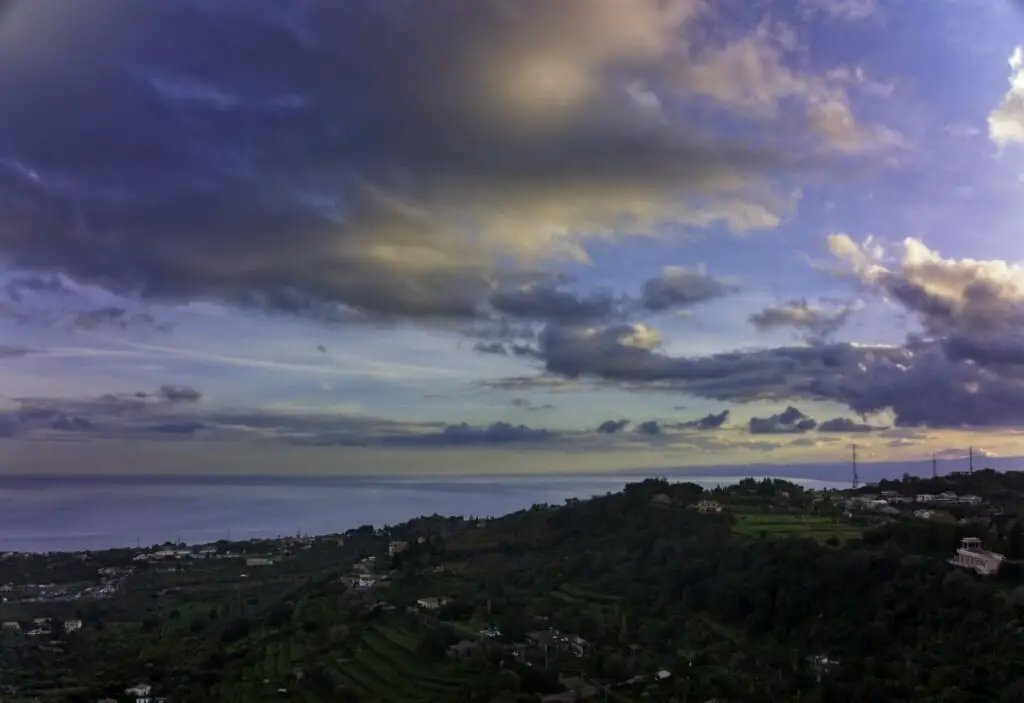
| Sensor size | 4/3″ |
| Aperture | F 2.8 – F 11 |
| Field of view | 84° (24mm) |
| Photo resolution | 20 MP |
| Photo modes | Single shot Automatic Exposure Bracketing Burst shooting Timed shots |
| Photo format | JPEG, RAW |
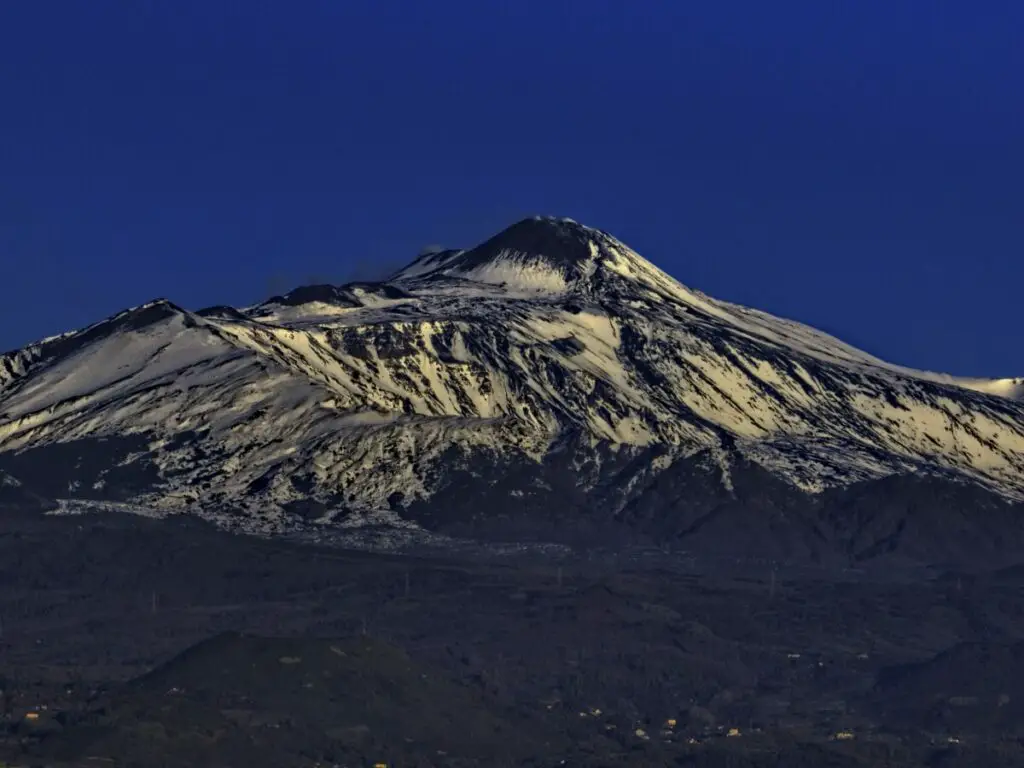
The Mavic 3 is the first DJI prosumer drone with a dual-lens system
Besides the main wide-angle lens, it is equipped with a telephoto one. This second lens is the only difference compared to the more affordable 3 Classic
| Sensor size | 1/2″ |
| Aperture | F 4.4 |
| Field of view | 15° (162mm) |
| Photo resolution | 12 MP |
| Photo modes | Single shot Automatic Exposure Bracketing Burst shooting Timed shots |
| Photo format | JPEG, RAW |
The sensor of the wide angle lens at 3/4″ is much bigger than any other model of the DJI Prosumer line. It should deliver better results in low light and high dynamic range situations
The Mavic 3 and 3 Classic are the only models to offer variable aperture from f2.8 to f11, a major feature for photography and hyperlapses
The Automatic Exposure Bracketing, like the previous models, can be set to shoot 3 or 5 shots with an interval of 0.7 stops. I would have preferred to be able to set the interval or at least to have a wider one
Unlike previous models, there are no HDR or Hyperlight modes, but with the big sensor, the Mavic 3 should not need them
According to the DJI website, the single photo mode applies a similar sort of optimization as the Smart Mode in the Air 2S behind-the-scene
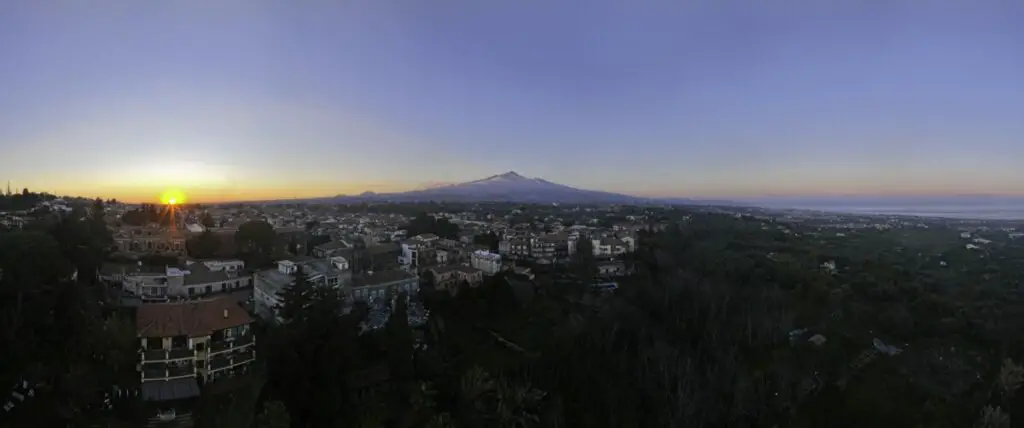
Panorama photos and Hyperlapse have been added by firmware updates. I have done an in-depth analysis of Hyperlapse with the Mavic 3 and 3 Classic, as well as Panorama photography
In this article, you can see my analysis of the photo quality of the new DJI Air 3 for comparison
Photo Quality in Easy Light
Before the release of the Mavic 3, my favorite DJI prosumer model for photography was the Air 2s, with excellent detail and very organic colors. Here is the comparison of the two models for photography
I have also done a comparison of the Mavic 3 vs the Mini 3 Pro for photography
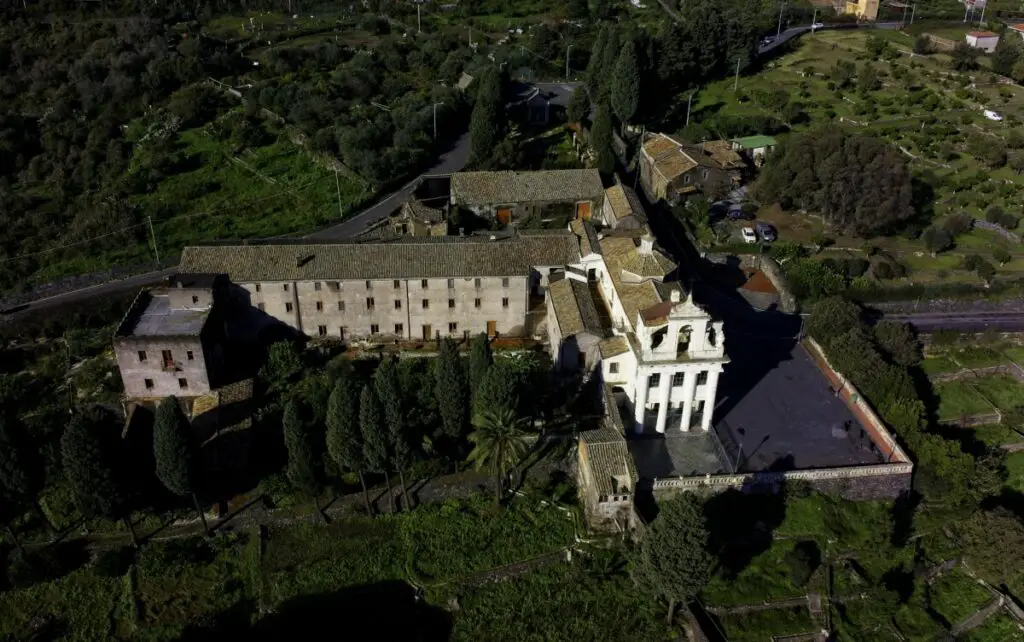
In top-down shots the sky is taken out of the equation, the dynamic range is low, and it is easier to focus on detail and color rendition
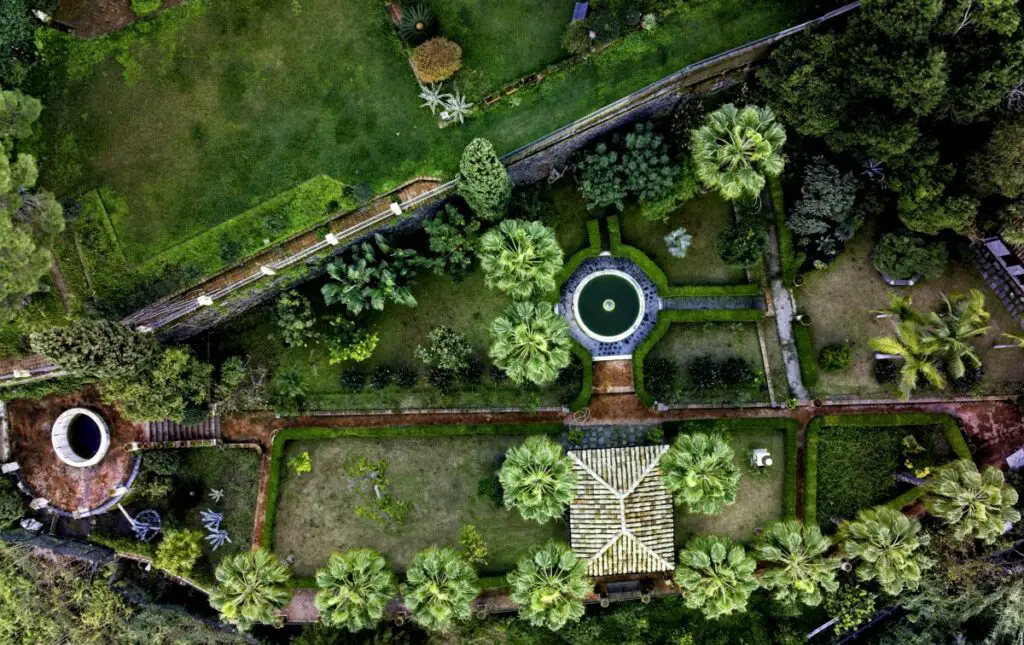
With the Mavic 3 and 3 Classic, the quality of photos in easy light conditions is sensational
Detail and color rendition are astonishing for a prosumer drone, much closer to full-frame camera territory
I have done an article about 9 tips and tricks for epic drone photography which may interest both beginners and intermediate users
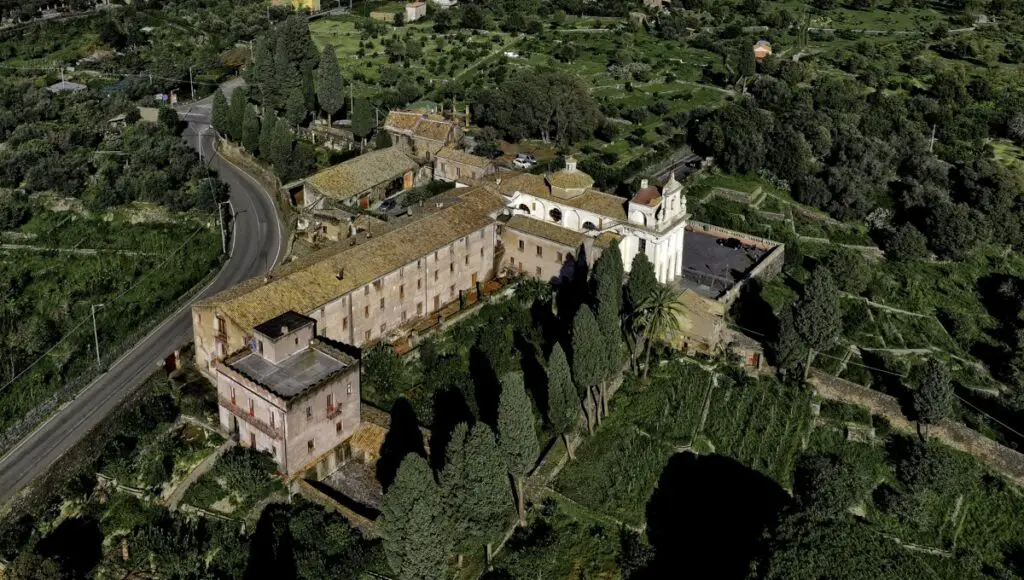
The RAW files respond extremely well to editing and it is possible to easily achieve any shade of color
For editing and color grading all the images I have used the excellent Luminar Neo, the tool I use for editing and managing all my photos
You can view all the pricing options and purchase Luminar Neo with a 10% discount coupon by entering the code “vicvideopic” using the button below
High Dynamic Range
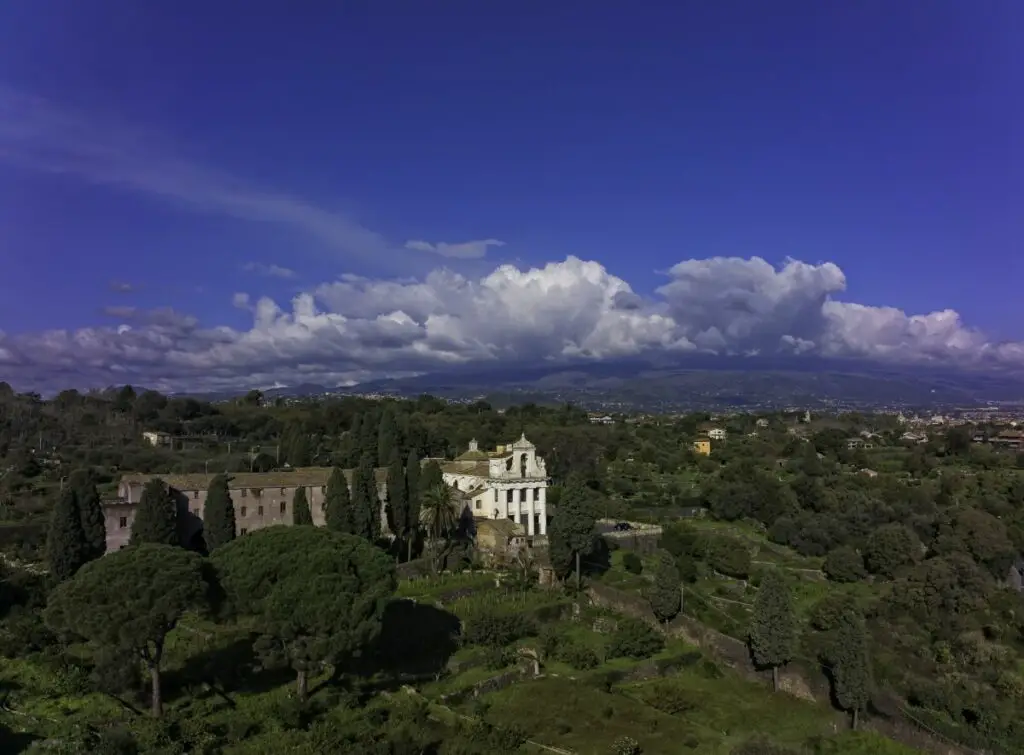
With drones, a big portion of the sky is often in the frame together with elements on the ground. These situations can be considered as moderately high dynamic range, when the sun is behind the camera, as is the case here

Here the mighty sensor of the Mavic 3 starts to show its power: the amount of information in the clouds and in the elements on the ground is stunning and the files respond very well to color grading
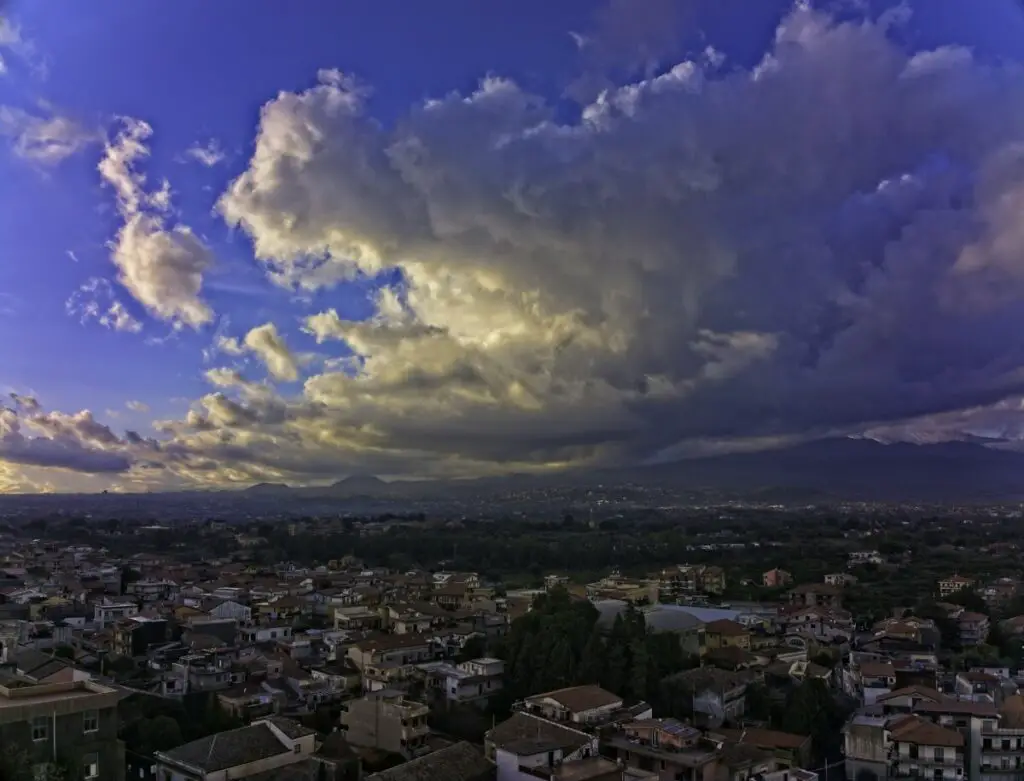
Getting closer to the sun the image quality remains outstanding
With the sun just outside the frame, more or less at 10 o’clock, there is no flare or loss of detail. The rendition of the clouds is excellent and it is very easy to recover the shadows
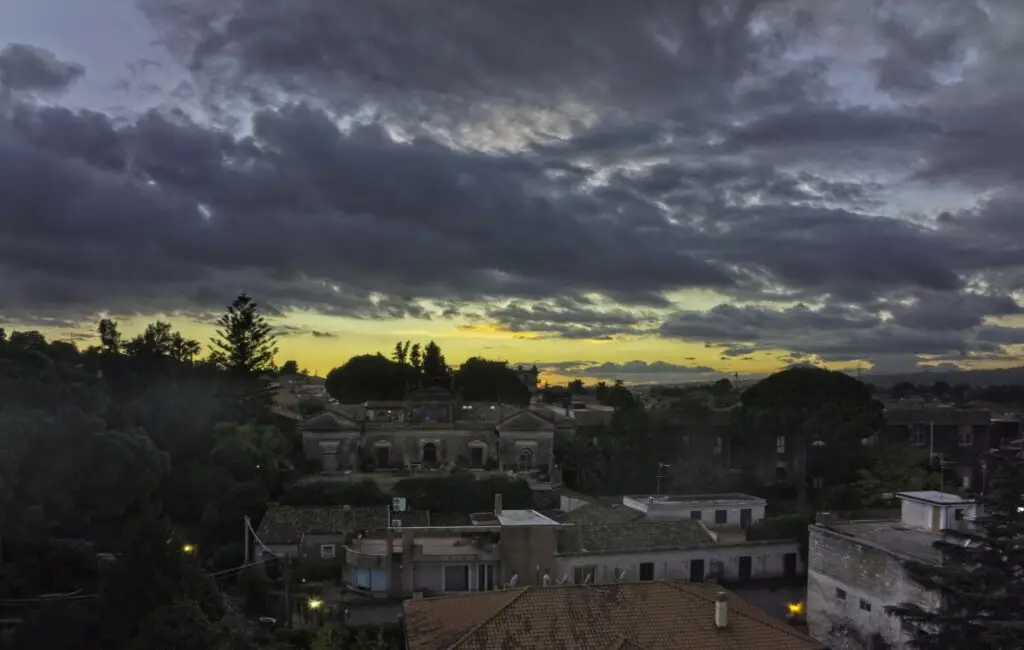
DJI and Hasselblad have certainly done something to the lens, probably some coating, as in models before the Air 2S any shot with the sun in the frame would be ruined by horrible flares, chromatic aberration, and loss of detail
DJI Mavic 3 and 3 Classic Photo Quality at Night
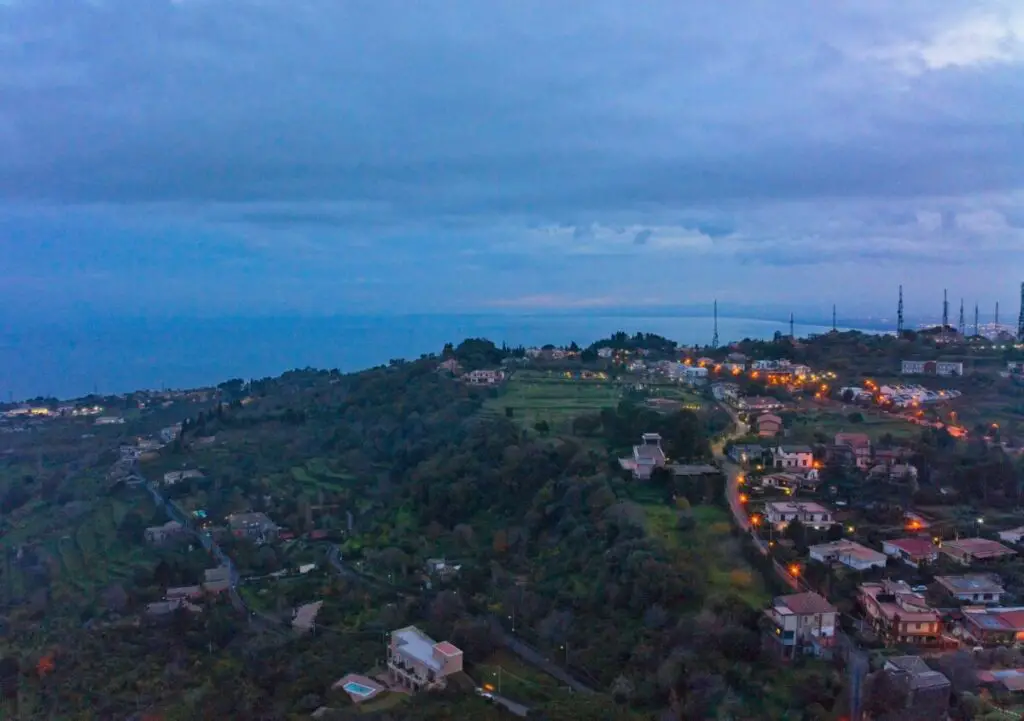
In low light conditions, the Air 2S was a big improvement compared to previous models, and with the micro four-thirds sensor of the Mavic 3, we should expect even better results
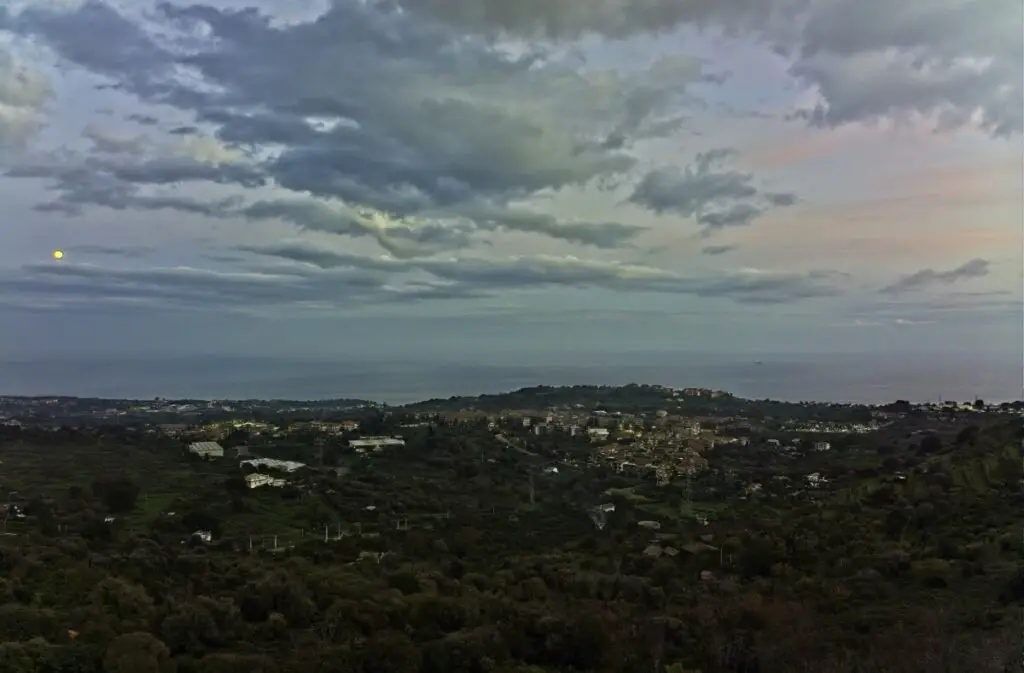
And the bigger model doesn’t disappoint. The scene was very dark, but I was able to lift the overall luminosity a lot. Up to ISO 400, the image is pristine
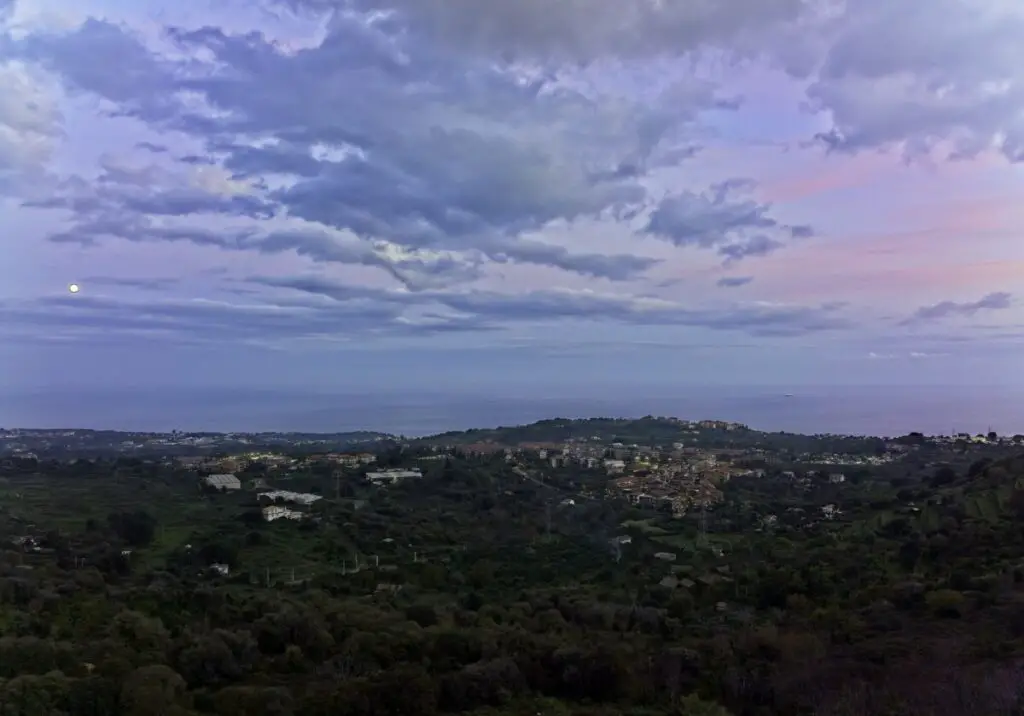
at ISO 800 we start to see a hint of noise, mostly chromatic in the sea and the sky, but something that we can very easily take away with any denoiser
In photography, I don’t see the need for using ISO values above 800, as it is possible to use much slower shutter speed values compared to video
This is even more evident with a model equipped with a variable aperture like the Mavic 3 and 3 Classic
Until a couple ago, low light was a difficult area for a drone, with very high noise beyond the base ISO value
With the current DJI prosumer line noise is not a major issue anymore, even in very low light
The Telephoto Lens
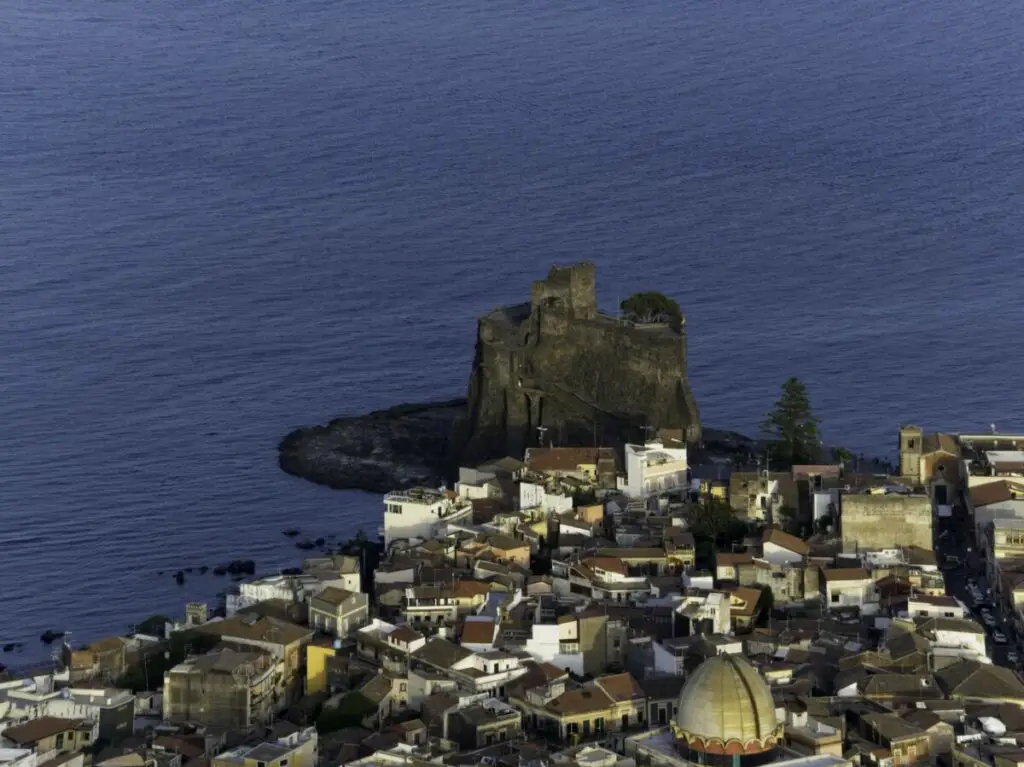
One of the main features of the Mavic 3 is the telephoto lens with a very deep zoom factor. This lens is not available in the Mavic 3 Classic
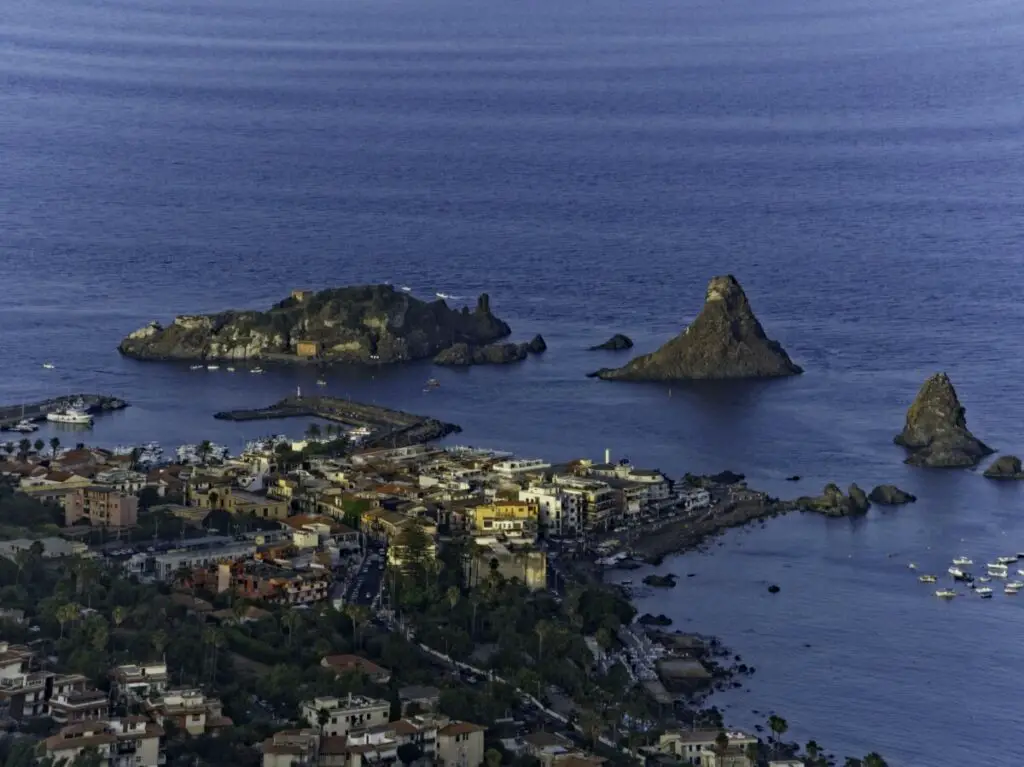
Due to the smaller sensor, photos taken with the telephoto lens of the Mavic 3 don’t match the quality of the main wide-angle one
But this lens produces a true optical 7 times magnification of a scene, without loss of resolution due to digital zooming
The quality has been constantly improved with different firmware updates
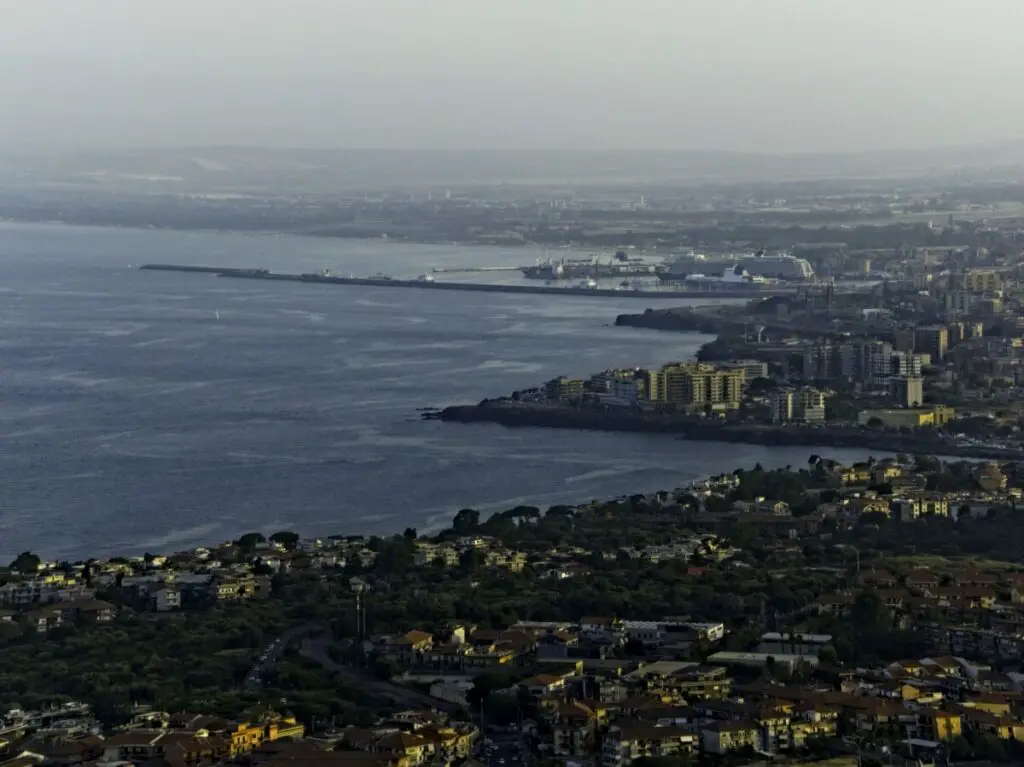
Despite its limitations, I find it to be a very useful tool for extra creativity, for extreme parallax effects, and for taking images of scenes that cannot otherwise be reached
Here is my in-depth analysis of the telephoto lens of the Mavic 3
Lens Quality
Hasselblad has put a lot of effort into the wide-angle lens of the Mavic 3, which is of extremely high quality for prosumer drone standards
One of its most remarkable features is the lack of flare, chromatic aberrations, and loss of detail when shooting against the sun
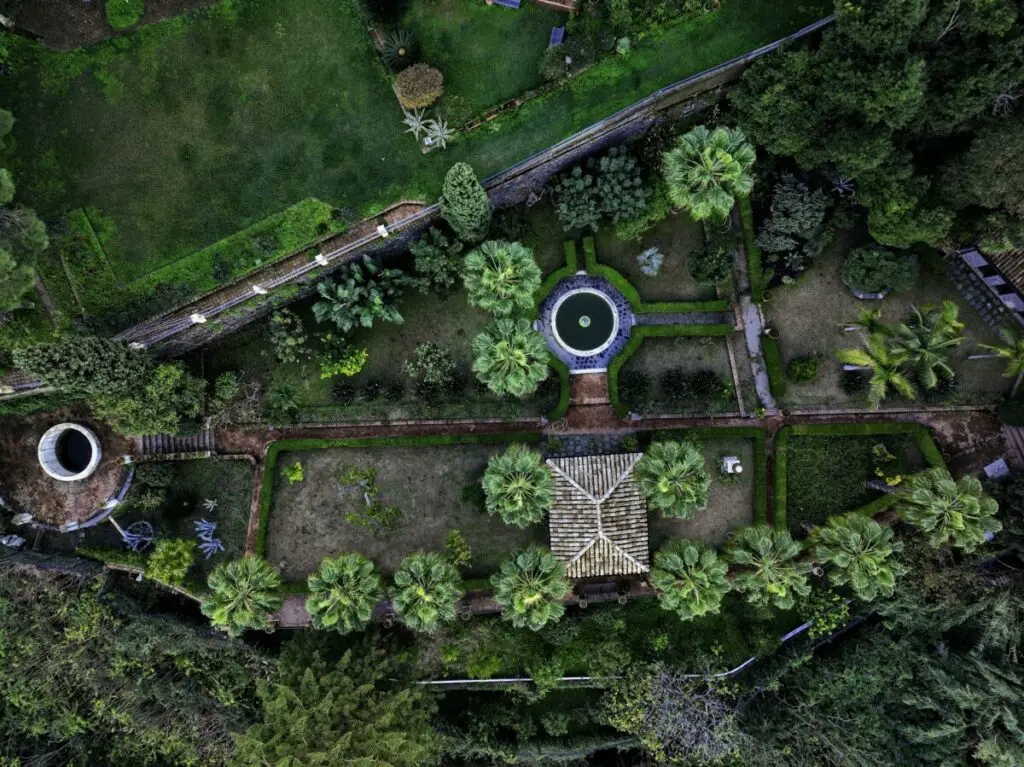
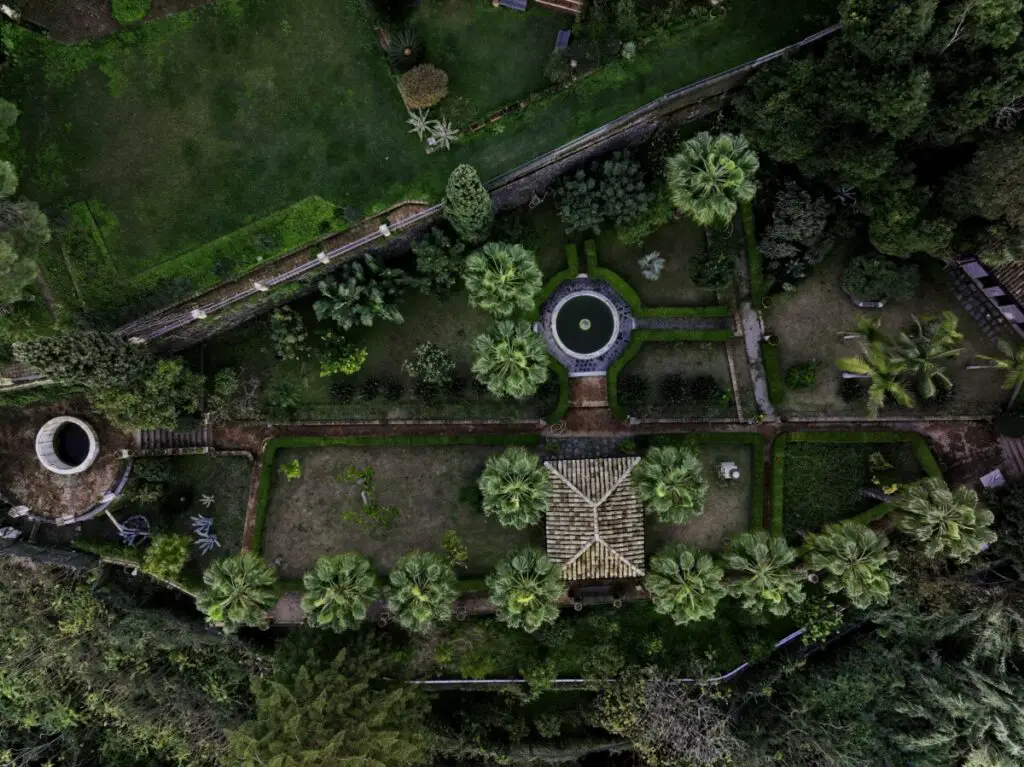
I have tested the results of the same photo taken at all the different aperture values from f2.8 to f11
Here you can see the result at the lowest and the highest values. There is practically no difference in detail and sharpness
In all the different photos taken so far, I have not noticed any fringing or chromatic aberrations. Using a small aperture it is possible to get some nice star-shaped lights
